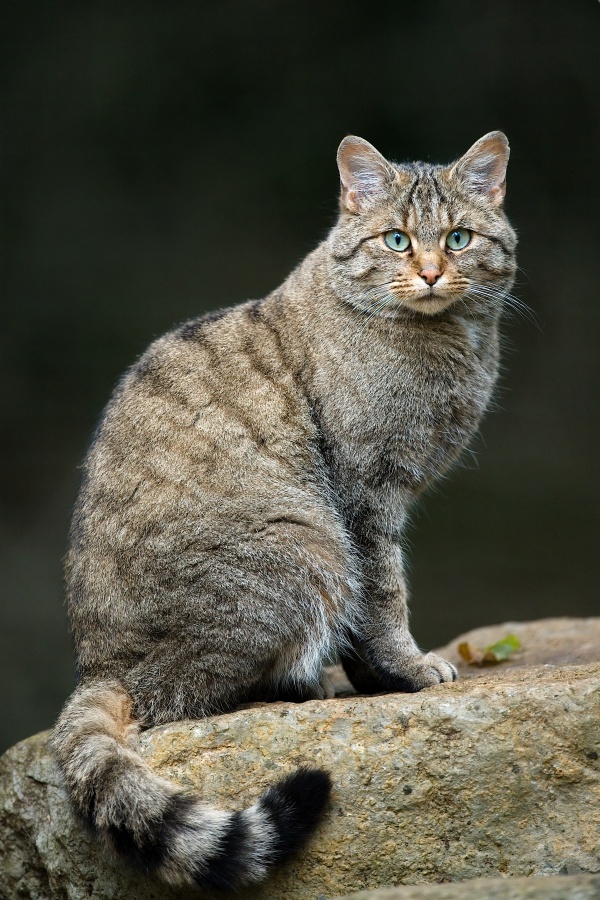Facts About Wildcat
The wildcat species complex comprises the European wildcat and the African wildcat, which exhibit differences in fur patterns, tail morphology, and sizes. Wildcats and other feline species trace their lineage to a common ancestor approximately 10-15 million years ago. The European wildcat emerged between 866,000 and 478,000 years ago. Currently, wildcats are categorized as "Least Concern" on the IUCN Red List, thanks to a stable global population exceeding 20,000 mature individuals. Nonetheless, they still face threats such as hybridization with domestic cats, diseases, vehicle collisions, and human persecution.
The relationship between African wildcats and humans dates back to the Neolithic Revolution, when wildcats were attracted to human settlements by the abundance of rodents. This led to their taming and eventual domestication, making the African wildcat the direct ancestor of today’s domestic cats. The European wildcat also holds historical significance and is featured in various mythologies and literary works.
Wildcats are divided into subspecies based on geographical distribution and physical characteristics. They share a common ancestor with the Felidae family from around 10-15 million years ago. The European wildcat's direct ancestor, Felis lunensis, evolved into Felis silvestris approximately 340,000 to 325,000 years ago. The African wildcat lineage diverged from the European wildcat lineage roughly 173,000 years ago.
Physically, wildcats possess pointed ears, whiskers, large eyes, and a more robust build compared to domestic cats. They are generally larger than domestic cats, with size variations depending on their geographic location. Wildcats inhabit temperate forests in Europe and various landscapes across Africa, Central Asia, India, and China.
In terms of behavior, wildcats are nocturnal and solitary, except during breeding and when raising their young. They mark their territories by spraying urine, leaving feces, and using scent glands in their paws. Wildcats primarily hunt small mammals and birds but will occasionally consume reptiles and invertebrates. Their reproduction includes two estrus periods, with a gestation period of 60-68 days. Kittens are typically born between April and August.
Wildcat populations are threatened by hybridization with domestic cats, habitat loss, traffic accidents, and human persecution. Conservation efforts are ongoing to protect wildcat species, with action plans in place in various countries. Wildcats are also protected under CITES and other conservation agreements to help ensure their survival in the wild.

 Bosnia and Herzegovina
Bosnia and Herzegovina